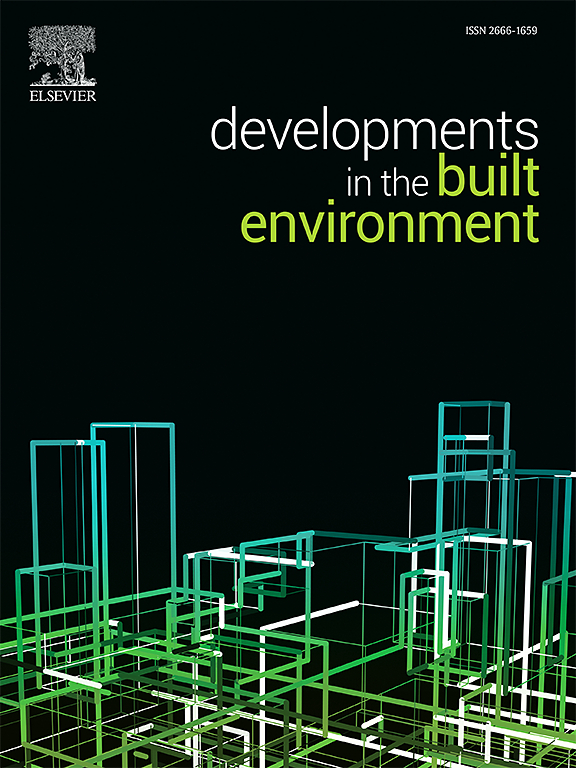加速碳化对水泥浆细集料的影响
IF 6.2
2区 工程技术
Q1 CONSTRUCTION & BUILDING TECHNOLOGY
引用次数: 0
摘要
加速碳化被认为是二氧化碳封存的一种潜在替代方法,同时还能改善再生混凝土骨料的微观结构。本研究评估了两种不同水灰比(即 0.5 和 0.7)水泥浆模型骨料的碳化参数,以最大限度地提高碳化过程对骨料密度和吸收性的益处。为此,在第一阶段评估了模型集料的初始含水量和反应时间。此外,在砂浆生产的第二阶段,考虑到每种类型的未加工和碳化模型骨料的体积替换百分比分别为 50%和 100%,对细小天然骨料的部分进行了替换,同时改变了砂浆混合料中的水量,以保持所有系列中相似的工作性。这样,八个系列砂浆的性能就可以与只用天然骨料制成的对照系列砂浆进行比较评估。结果表明,加速碳化过程对模型集料的密度和吸收性有积极影响。就所分析的加速碳化环境参数而言,如果原始模型集料的水灰比较高,则需要较高的初始含水量才能使碳化过程有效进行。至于含有模型骨料的砂浆的力学性能,与取代 0.7 w/c 比模型骨料的系列砂浆相比,加入 0.5 w/c 比模型骨料的系列砂浆取得了更好的力学性能;这与含有水泥基浆模型骨料的砂浆形成了更紧密的基质有关。本文章由计算机程序翻译,如有差异,请以英文原文为准。
Effect of accelerated carbonation on fine cement paste aggregates
Accelerated carbonation is suggested as a potential alternative for carbon dioxide sequestration, which also improves the microstructure of recycled concrete aggregates. In this study, the carbonation parameters of model aggregates derived from cement pastes with two different water/cement ratios (i.e., 0.5 and 0.7) were evaluated in order to maximize the benefits of the carbonation process on their density and absorption. For this purpose, in a first phase, the initial moisture content of the model aggregates and the reaction time were evaluated. Furthermore, in a second phase of mortar production, the fraction of fine natural aggregates was replaced, considering each type of unprocessed and carbonated model aggregate at volumetric replacement percentages of 50% and 100%, varying the amount of water in the mortar mix to maintain a similar workability in all the series. In this way, the properties of the eight series of mortars are evaluated in comparison with the control series made only with natural aggregates. The results indicate that the accelerated carbonation process positively influences density and absorption in the model aggregate. Regarding the parameters of the accelerated carbonation environment analyzed, for a higher w/c ratio in the original model aggregate, higher initial water content was necessary for the carbonation process to be efficient. As for the mechanical performance of the mortars with model aggregate, the series that incorporated model aggregate aggregates with a w/c ratio of 0.5 achieved better mechanical behavior compared to the series replacing model aggregate with a w/c ratio of 0.7; this was related to the formation of a more compact matrix in the mortar with model aggregate of cementitious pastes.
求助全文
通过发布文献求助,成功后即可免费获取论文全文。
去求助
来源期刊

Developments in the Built Environment
Multiple-
CiteScore
7.40
自引率
1.20%
发文量
31
审稿时长
22 days
期刊介绍:
Developments in the Built Environment (DIBE) is a recently established peer-reviewed gold open access journal, ensuring that all accepted articles are permanently and freely accessible. Focused on civil engineering and the built environment, DIBE publishes original papers and short communications. Encompassing topics such as construction materials and building sustainability, the journal adopts a holistic approach with the aim of benefiting the community.
 求助内容:
求助内容: 应助结果提醒方式:
应助结果提醒方式:


